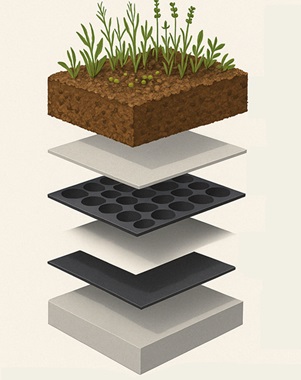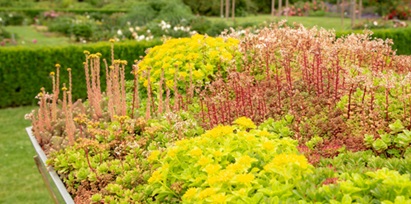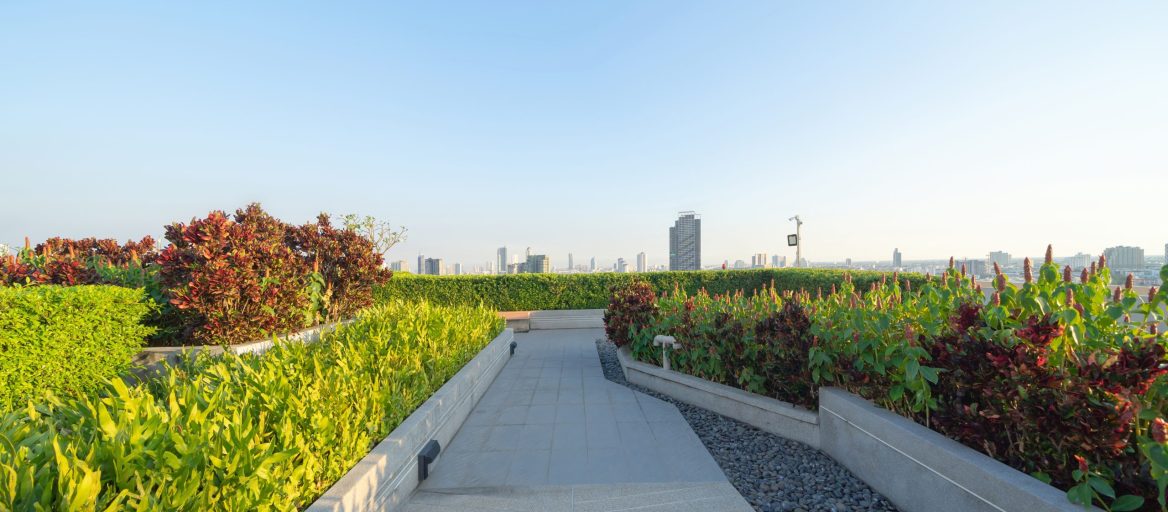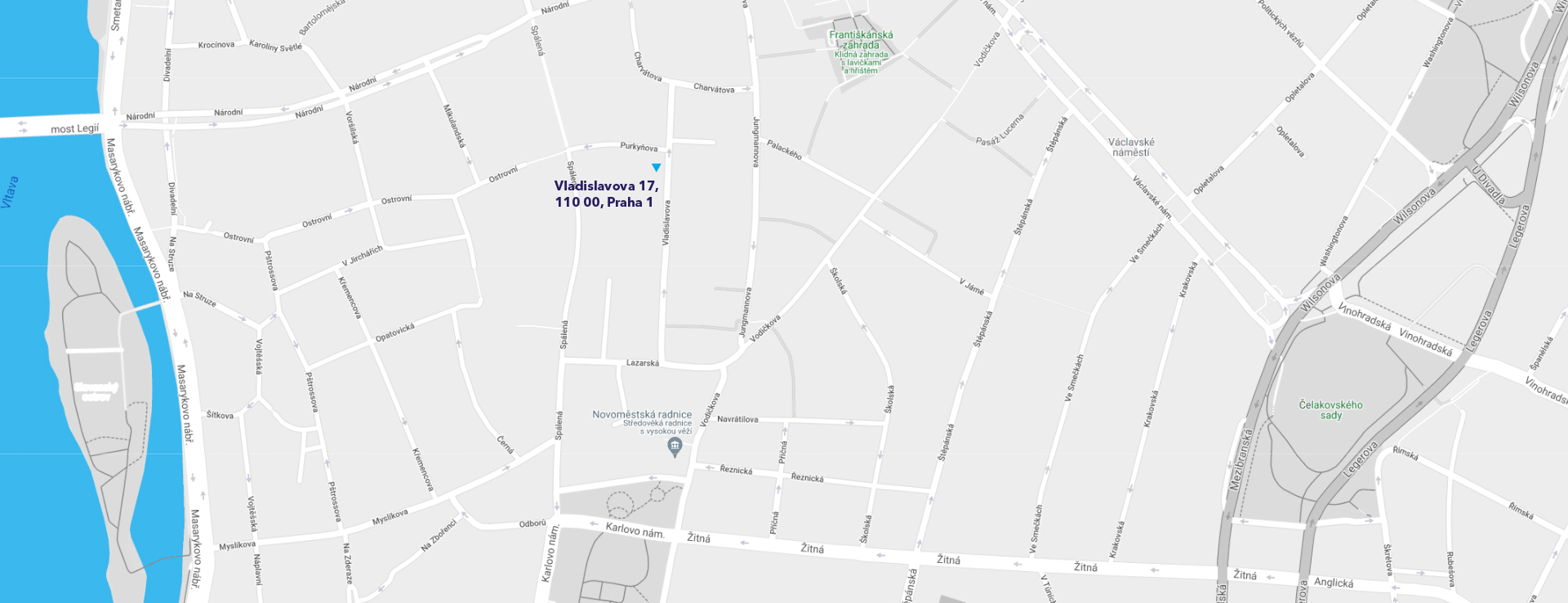Modern architecture is increasingly turning to nature – and green roofs are one of the most visible proofs. They bring nature back into cities, cool buildings, and help manage rainwater. In this article, you’ll learn what the ideal composition of a green roof looks like, which plants thrive under these conditions, and how to ensure long-term satisfaction with your roof.
What is a green roof and why install one?
Simply put, it’s about roof structures covered with vegetation that not only provide aesthetic appeal but also offer a range of practical benefits. They improve the microclimate, retain rainwater, insulate heat, and protect the roof structure from extreme temperature fluctuations. Additionally, they help reduce dust and noise levels in urban areas.
The main benefits of a green roof:
- significant reduction in heating and cooling costs,
- protection of waterproofing against UV rays and mechanical damage,
- retention of rainwater (up to 40 liters per m² with standard build-up),
- reduction of noise and dust in the surroundings,
- support for biodiversity and the creation of an aesthetic element,
- increased property value.
Types of green roofs – extensive vs. intensive
Before we get into the actual structure of a green roof, let’s explain the two basic types, which differ not only in maintenance needs but also in structure and plant selection.
Extensive green roof
This is a low-maintenance option suitable for family homes, garages or smaller commercial buildings. Key characteristics:
- shallow substrate layer (5–15 cm),
- minimal maintenance requirements,
- lower structural load (60–150 kg/m²),
- uses drought-tolerant plants (sedums, houseleeks),
- not usually designed for regular foot traffic.
Intensive green roof
This type resembles a real garden and requires regular care. It is ideal for roof terraces, office buildings or public spaces. It typically features:
- deeper substrate layer (15–100 cm),
- regular maintenance including irrigation,
- higher structural load (200–500 kg/m²),
- suitable for grasses, perennials, shrubs, and small trees,
- often designed as accessible green roofs for recreational use.
Green roof structure – what it consists of
A green roof is composed of several layers that must work together in harmony.
Typically includes the following layers (from bottom up):
Load-bearing structure
The base is, of course, the roof construction, which must support the full weight of the green roof system, including water, snow, and any foot traffic.
Root-resistant waterproofing
An essential layer. Without high quality, roots could damage the roof and cause leaks. The waterproofing must have an FLL certificate to ensure root resistance. This may include membranes (PVC-P, TPO, EPDM) or asphalt sheets – always with special treatment.
Protection and separation layer
Placed over the waterproofing is geotextile (300–500 g/m²), which protects the membrane from mechanical damage.
Drainage layer
Serves a dual function – retains moisture for plants and drains excess rainwater. Commonly used options include:
- perforated dimpled membranes (20–40 mm height),
- drainage boards from recycled materials,
- hydrophilic mineral wool (for combined systems).
Filter layer
Geotextile (200 g/m² or more) prevents substrate particles from washing into the drainage layer and clogging outlets.
Substrate (vegetation layer)
Where plants take root. Must be selected based on the type of planting.
Vegetation
The final green layer providing both visual and ecological value.

Image source: ZonerAI
Expert insight: What do people most often underestimate about green roofs?
One of the most common mistakes with green roofs is underestimating drainage. Proper drainage determines whether your roof will support lush vegetation or only moss and mold. The drainage layer must effectively channel excess water to drainage elements, otherwise waterlogging and root rot may occur.
What plants to use on a green roof?
When selecting plants, consider extreme rooftop conditions – fluctuating temperatures, full sun, wind, and limited water. Plant selection also depends significantly on the type of roof.
Plants for extensive green roofs
Choose species that can thrive with minimal care in shallow substrates. Ideal choices include:
- Sedums – top performers, available in many colors and types,
- Houseleeks – attractive rosettes, drought-tolerant,
- Thyme – aromatic, low-growing, drought-resistant,
- Fescue grasses – especially blue types like Festuca glauca,
- Lavender – for deeper substrates, fragrant and pollinator-friendly.

Image source: Canva
These plants can be applied in three ways:
- Sedum mats – pre-grown rolls with established plants,
- Seedlings or cuttings – individual plants inserted into the substrate,
- Sedum cuttings – most affordable, but slower establishment.
Plants for intensive green roofs
Thanks to deeper substrate and expected care, you can plant:
- Ornamental grasses – for dynamic effect (e.g. Pennisetum, Miscanthus),
- Perennials – geraniums, salvias, tall sedums,
- Bulbs – tulips, daffodils, ornamental alliums,
- Shrubs – low-growing varieties like barberry, cotoneaster, juniper,
- Small trees – on roofs with sufficient load capacity and substrate over 70 cm.
Green roof maintenance – how long will it last?
A properly designed and installed green roof can last for decades and extend the lifespan of waterproofing by 2–3 times. Greenery maintenance varies by roof type:
Extensive green roof:
- Year 1: remove any weeds, monitor during dry periods,
- Later: inspect 2–3× per year, remove volunteer shrubs,
- Minimal or no fertilization – usually once every 2–3 years.
Intensive green roof:
- Regular watering (often automatic systems),
- Fertilization according to plant needs,
- Grass cutting, pruning shrubs, removing dead growth,
- Drainage system checks.
Green roof grants
Green roofs can be co-financed via grants. Each country has different conditions, so please contact your local environmental department.
To qualify for grants, the green roof structure must meet specific parameters and be supported by the required documentation.
In conclusion
A green roof is a great way to combine practical benefits with visual appeal. Whether you choose a low-maintenance sedum roof or a full rooftop garden or forest, your investment will pay off through energy savings, extended waterproofing lifespan, and a better environment around your property.



